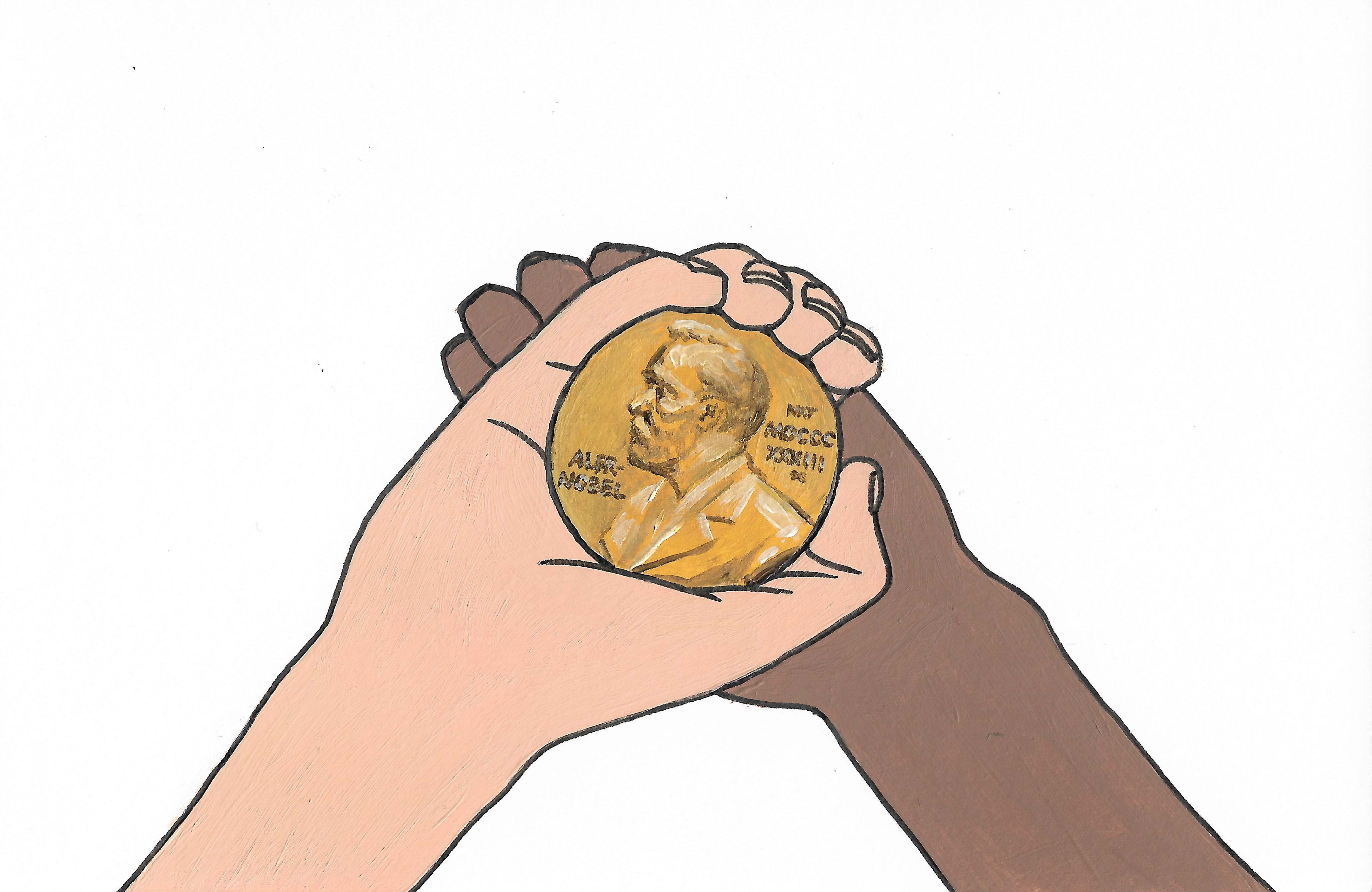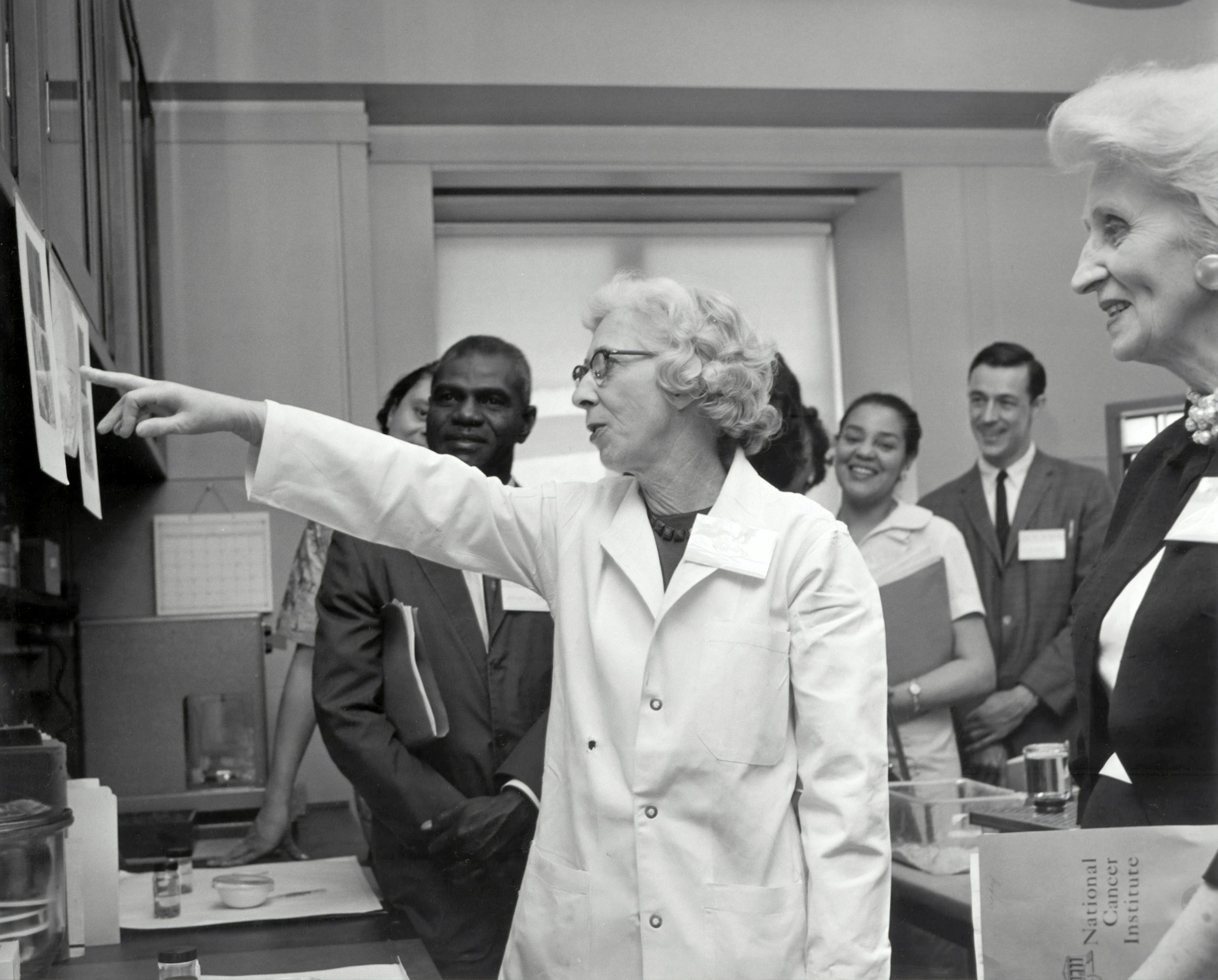Most researchers’ response to the word ‘collaboration’ is overwhelmingly positive. Many of the most influential scientific breakthroughs that have gone on to shape today’s scientific landscape have been the product of collaborations: Gates and Allen, the Wright brothers, and Watson, Crick and Franklin, to name a few.
The global value of collaboration can be seen best in worldwide projects such as the Human Genome Project, by far the world’s largest biological collaborative effort. The project combined work from 20 universities in six countries to map the 92.1% of the human nucleotide sequence, with the work using public funding from the National Institutes of Health and multiple other international research groups.
Alongside physical collaboration, software development has also aided a more inclusive scientific approach. The Open Science Framework (OSF), created in 2013 by the Center for Open Science, encourages the production of publicly available projects by allowing researchers to register them, from individual experiments to the research goal of an entire lab, in a way that allows their progress and contributions to be recorded easily.
The merits of collaboration have not only been supported by large scale and well-funded projects such as the OSF, but also verified by a range of individual studies, usually taking the form of systematic reviews. One paper, investigating the importance of collaboration in creating influential research, found a positive correlation between the number of named contributors and the number of citations the paper gained. The physical distance between the collaborators’ countries even had a beneficial effect on the paper’s influence (as measured by citation level).
With so many benefits, it is hard to understand why some researchers may avoid collaboration. One reason for this may be concern over lack of recognition. This can become especially problematic if the terms of authorship are not agreed before the research commences. Grants and funding are often only awarded to individuals so early career researchers may feel that collaboration is detrimental, given funding scarcity and employment instability. But, with the correct levels of communication and effort, collaborative work can provide a stepping stone to opportunity, providing both individuals and organisations with new insights and previously undiscovered pools of expertise.
Ask the same question about collaboration to members of the general public and you may get a less positive response, especially when the word ‘collaboration’ is combined with the word ‘science’. Collaborations which affect the wider population are often very different to those experienced by scientists. These collaborations, perhaps between health charities, funding bodies, organisations such as the NHS and commercial companies, have a far wider impact than smaller partnerships between two groups of researchers. In these cases, collaboration can often be dangerously entangled with vested interests.
Take the example of CRUK with their latest campaign, ‘Obesity causes cancer’, causing social media outrage with perceived fat-phobic imagery. Many claimed that the company disregarded other influences of obesity risk, implying obesity is a choice, and the anger was further fuelled by CRUK’s connection with Slimming World as a donor, leading to conflict of interest accusations towards CRUK.
In July, Cancer Research UK (CRUK) provoked social media outrage upon revealing their latest campaign ‘Obesity causes cancer’, with giant posters of cigarette cartons with ‘Obesity causes cancer too’ plastered across them. Many claimed that the images were fat-phobic due to their suggestion that obesity is a choice in the same way as choosing to smoke. The campaign disregarded other factors that influence an individual’s risk of obesity, such as gender, race and income. This anger was fuelled by CRUK’s partnership with Slimming World, the organisation donating over £14 million to the charity since 2013. By using money donated by a company that sells the promise of weight loss to fund research used to justify scaring people into losing weight, CRUK found themselves in the middle of a storm, facing accusations of a conflict of interest.
The key paper behind the campaign, published in 2015, aimed to investigate the effect of lifestyle factors on cancer risk, including obesity, usingBody Mass Index (BMI) as a measure. BMI has already been heavily criticised by experts for being an ineffective measure of weight-related health, as it does not take into consideration muscle mass or fat distribution around the body. Ruth Travis, an associate professor and senior molecular epidemiologist at the University of Oxford, stated, “Factors influencing BMI in individuals are complicated and there needs to be much more research at lots of levels aimed at understanding how to limit excess weight gain as individuals age and reduce BMI in the overweight”.
Despite the stark campaign slogan, the study also failed to prove a positive causal relationship between high BMI and cancer. These criticisms were highlighted in an open letter from nutritionist Laura Thomas to the chief executive of CRUK, which called for there consideration of the campaign to ‘prioritise wellbeing over weight’. The letter was supported by fellows from both the University of Cambridge and King’s College London.
With such controversies surrounding collaboration, how can it continue to aid scientific progression in an unbiased manner? Maybe the answer lies in transparency, with a focus on making sure a level of honesty is maintained throughout a project’s development, especially when research may be influential in setting public policy.
This article was first published in our Michaelmus Term 2019 Issue: Perspective
Artwork by Lucy King





